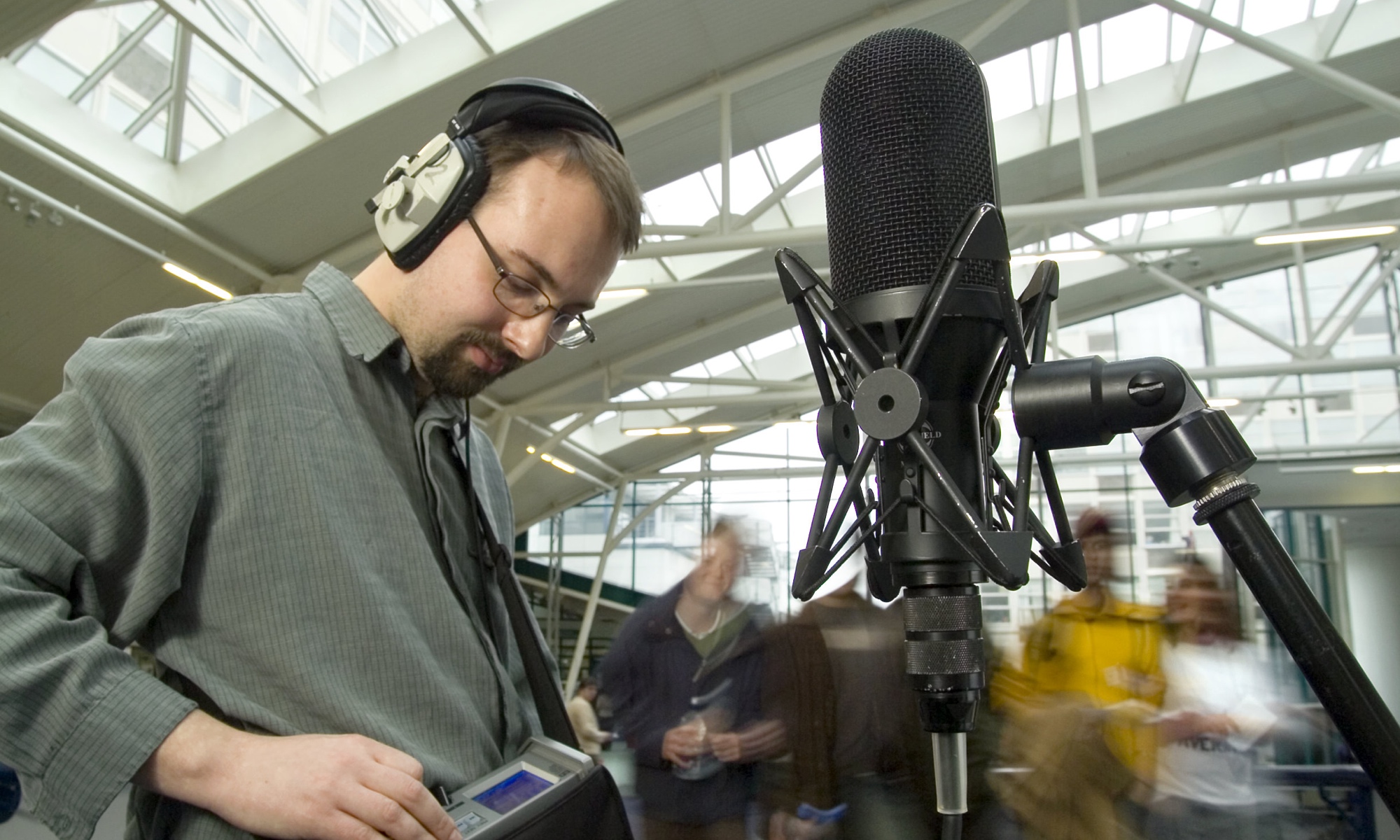UPDATE : 4th May 2016 – I’ve added a video using the measured filters. This will be useful for auditioning the mixes before uploading them to YouTube.
So, I’ve been experimenting with YouTube’s Ambisonic to Binaural VR videos. They work, sound spacious and head tracking also functions (although there seems to be some lag, compared to the video – at least on my Sony Z3), but I thought I’d have a dig around and test how they’re implementing it to see what compromises they’ve made for mobile devices (as the localisation could be sharper…)
Cut to the chase – YouTube are using short, anechoic Head Related Transfer Functions that also assume that the head is symmetrical. Doing this means you can boil down the Ambisonics to Binaural algorithm to just four short Finite Impulse Response Filters that need convolving in real-time with the B-Format channels (W, X, Y & Z in Furse Malham/SoundField notation – I know YouTube uses ambiX, but I’m sticking with this for now!). These optimisations are likely needed to make the algorithm work on more mobile phones.

